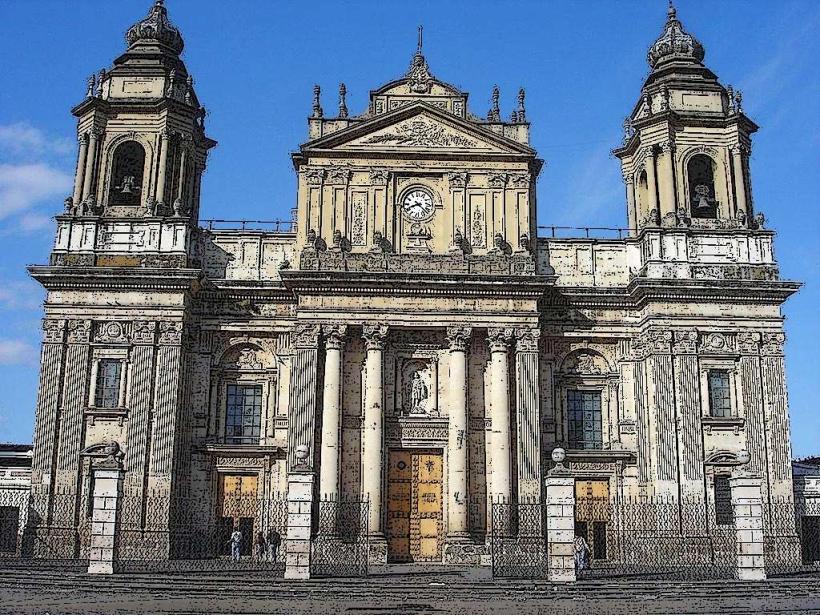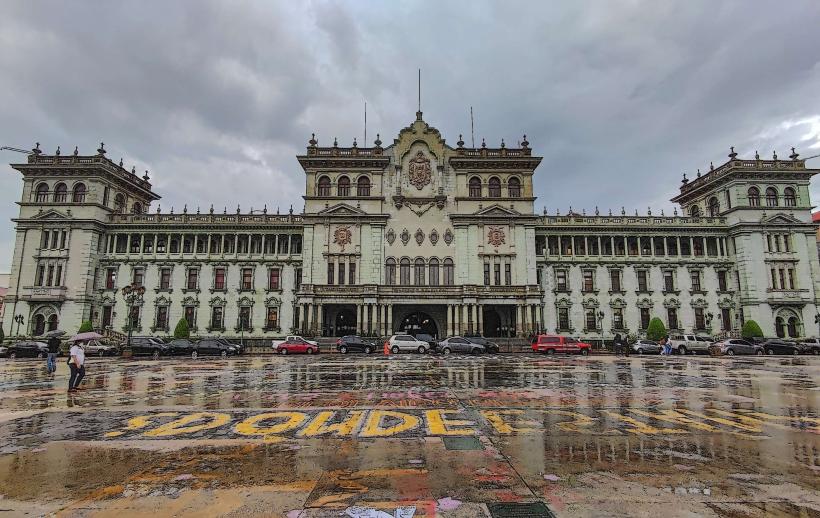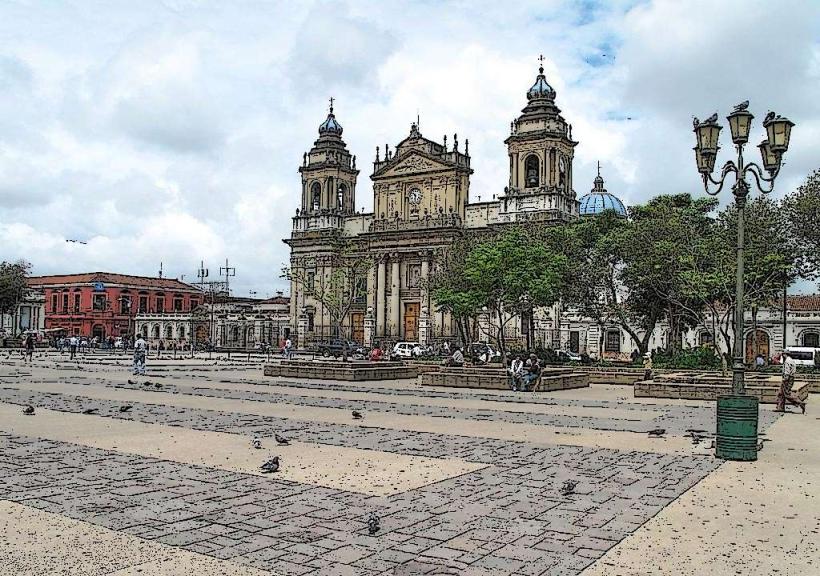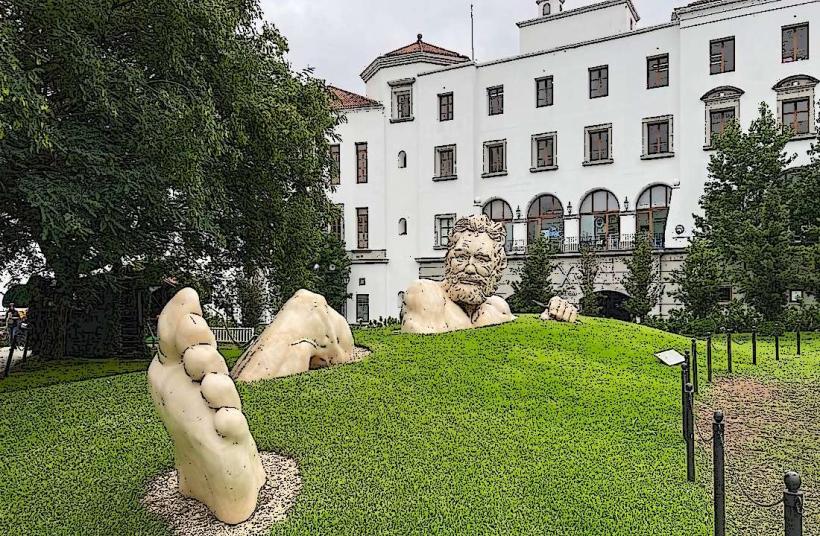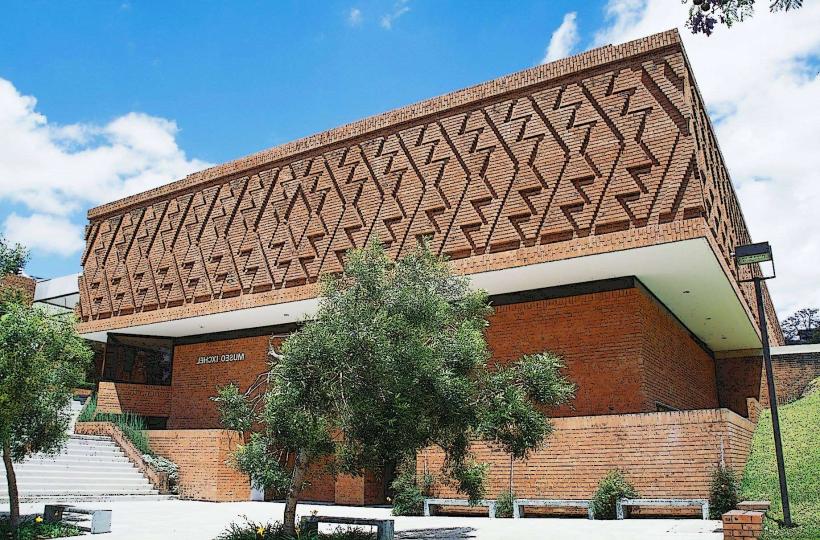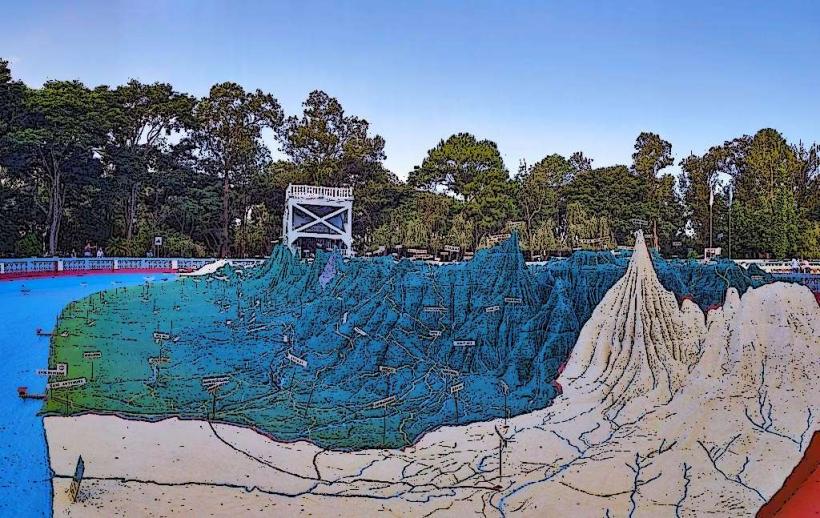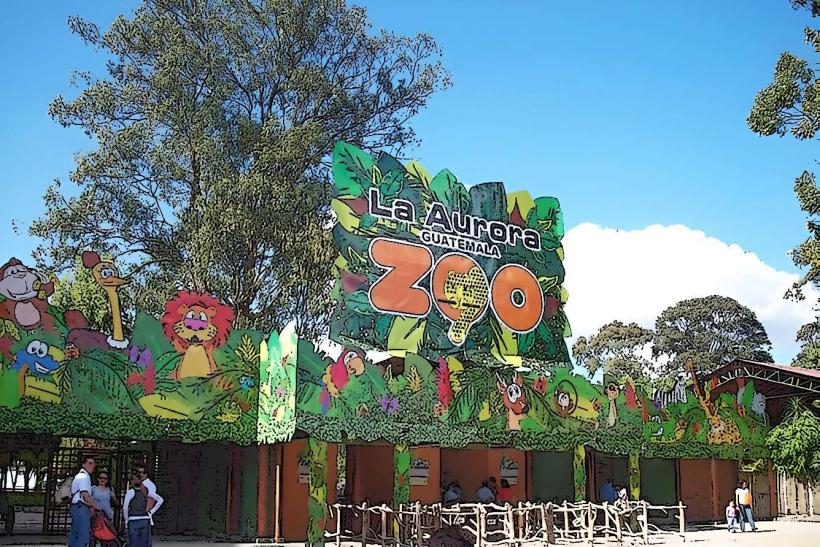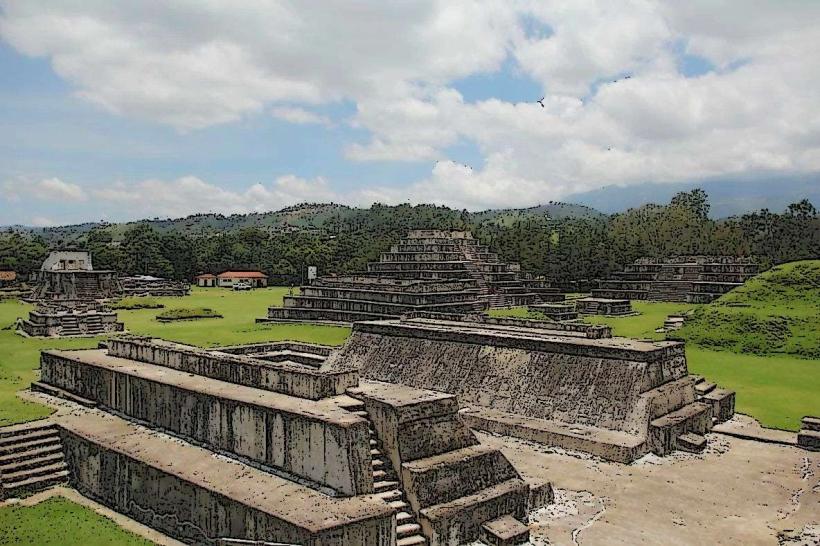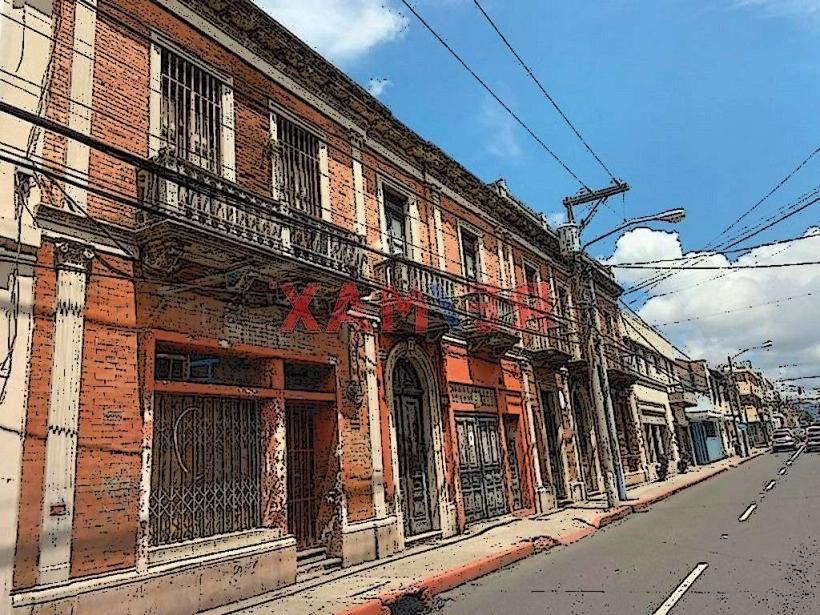Information
Landmark: National Museum of Archaeology and EthnologyCity: Guatemala City
Country: Guatemala
Continent: North America
The National Museum of Archaeology and Ethnology (Museo Nacional de Arqueología y Etnología) in Guatemala City is one of the most important cultural institutions in the country. It is dedicated to preserving and showcasing the rich archaeological and ethnological heritage of Guatemala, particularly its ancient Mayan civilization and the diverse indigenous cultures that have shaped the country's history.
History and Purpose:
The museum was founded in 1892, with the goal of safeguarding and exhibiting the country’s vast archaeological treasures and ethnological artifacts. It plays a crucial role in preserving Guatemala’s heritage, serving both as an educational center and as a space for research. The museum's collections focus primarily on the Mayan civilization, but it also highlights the cultures that have followed, exploring the interplay between the ancient and modern indigenous communities.
Location and Architecture:
The museum is located in the Zona 13 district of Guatemala City, near the Parque de la Industria (Industry Park). Its design and layout reflect a blend of modern museum aesthetics and a focus on showcasing Guatemala's cultural identity. The building is spacious, with several exhibit halls and areas for temporary exhibits, workshops, and lectures. The structure also includes a lovely outdoor space where visitors can appreciate the natural beauty of the surrounding area.
Collections and Exhibits:
The National Museum of Archaeology and Ethnology houses an extensive collection of artifacts that span Guatemala's long and varied history. The museum’s permanent and temporary exhibits highlight both archaeological discoveries and the living cultures of the country’s indigenous peoples.
Archaeological Collection:
The archaeological section is the heart of the museum and focuses heavily on the ancient Maya civilization. This collection includes a wide array of objects such as:
Mayan Artifacts: Sculptures, pottery, jewelry, and ceremonial objects that were used in the Mayan world. These items showcase the advanced artistic, architectural, and social development of the Maya people.
Mayan Stelae and Monuments: The museum houses replicas and original examples of stelae (stone monuments) that were once erected by the Maya to commemorate rulers, victories, and significant events. These artifacts provide insight into Mayan history, political structures, and religious practices.
Ceramics and Vessels: The collection includes intricate Mayan pottery, used for both ceremonial and practical purposes. These ceramics often depict gods, animals, or daily life, offering a glimpse into the Maya worldview.
Mayan Texts and Codices: The museum also showcases codices and manuscripts, which were created using bark paper or deerskin and often contained religious texts, astronomical data, and historical records. These texts are invaluable for understanding Mayan writing and their knowledge of astronomy.
Skeletal Remains and Burial Goods: The museum features remains and burial artifacts that reveal details about Mayan funeral practices, rituals, and beliefs about the afterlife.
Artifacts from Other Pre-Columbian Civilizations: While the focus is primarily on the Maya, the museum also displays items from other ancient cultures that lived in Guatemala, such as the Olmec and Zapotec civilizations. These artifacts provide further context for understanding the development of Central American societies before the arrival of Europeans.
Ethnological Collection:
The ethnology section of the museum focuses on the living cultures of Guatemala’s indigenous peoples, exploring their traditions, customs, clothing, and ways of life. It provides a rich perspective on the diversity of Guatemala’s contemporary culture, with exhibits on:
Traditional Clothing: The museum showcases the colorful and intricate textiles used by various indigenous groups in Guatemala. These textiles are an important part of cultural identity, and the museum highlights their significance, especially in the context of indigenous ceremonies and daily life.
Craftsmanship: Exhibits demonstrate the importance of traditional handicrafts in Guatemala, including weaving, pottery, and woodwork. These crafts are passed down through generations and remain an integral part of indigenous culture.
Music and Rituals: The museum also delves into the music, dances, and rituals that are central to indigenous life. It presents instruments like marimbas and flutes, along with representations of ceremonial practices still active today.
Indigenous Communities: The museum provides insight into the various indigenous groups in Guatemala, including the Maya, K'iche', Q'eqchi', Mam, and many others. Each group has distinct languages, customs, and histories, and the museum highlights the diversity and complexity of their cultures.
Notable Exhibits:
The "Maya Room" (Sala Maya): This is one of the museum's standout exhibits. It focuses on the ancient Maya civilization and includes some of the most well-known archaeological finds, such as objects from the ancient Maya city of Tikal (one of the most important Maya archaeological sites in the country) and the Maya tomb of Pacal the Great, a famous ruler of Palenque.
The "Popol Vuh" Exhibit: This exhibit focuses on the Popol Vuh, the sacred text of the K'iche' Maya. The Popol Vuh contains creation myths, the story of the Hero Twins, and other important tales, and the exhibit presents translations, manuscripts, and visual representations of these stories.
Stelae and Sculptures: The museum displays important stone carvings and stelae from various Maya cities that tell the stories of rulers, gods, and historical events, some dating back to the Classic Period of the Maya (250–900 AD).
Pre-Columbian Artworks: The museum's collection also includes stunning examples of pre-Columbian art, with intricate stone carvings, frescoes, and murals that reflect the grandeur of Maya architecture and religious life.
Educational and Cultural Role:
The National Museum of Archaeology and Ethnology is not only a museum but also an educational hub. It plays a vital role in educating the public about Guatemala’s ancient and modern history, promoting awareness of indigenous cultures, and preserving the country's diverse heritage. The museum offers workshops, lectures, and temporary exhibitions, and it is a popular destination for students, researchers, and tourists.
It also works to protect and conserve the many archaeological and ethnographic objects it holds, collaborating with national and international institutions to further research and preserve Guatemala’s heritage.
Conclusion:
The National Museum of Archaeology and Ethnology is an essential cultural institution in Guatemala City, offering a deep dive into the history, art, and traditions of the country. Its collections provide valuable insight into the ancient Maya civilization, the region’s pre-Columbian past, and the living indigenous cultures of Guatemala. Whether you're interested in archaeology, history, or ethnography, a visit to this museum offers a comprehensive and fascinating exploration of one of the world’s most culturally rich regions.

